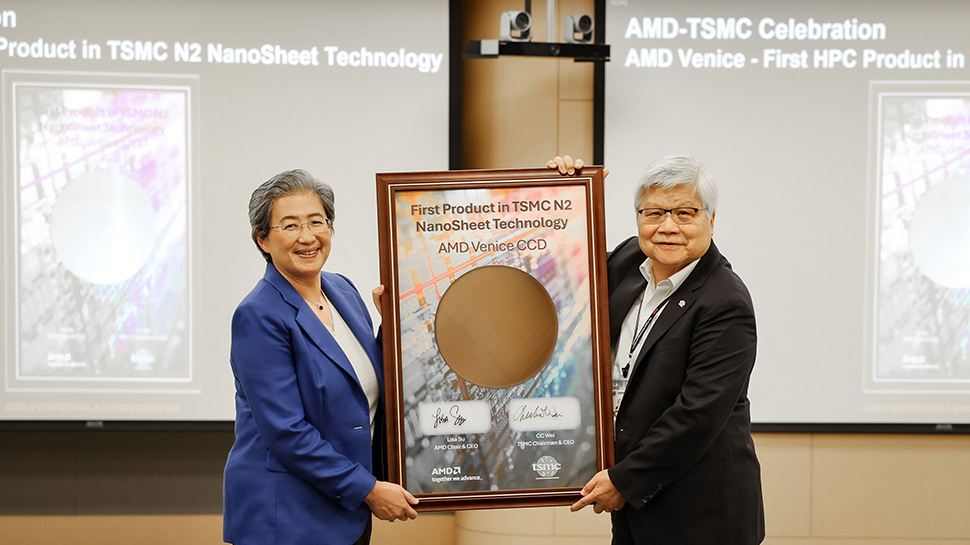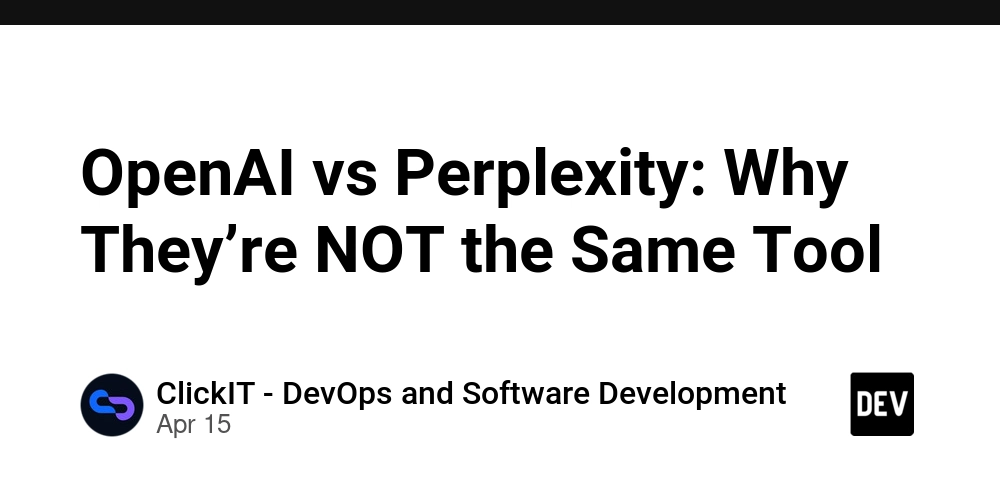Hyperautomation’s Next Frontier – How Businesses Can Stay Ahead
Even though hyperautomation is not yet so popular among enterprises, it is already rapidly evolving from just process automation into an interconnected, intelligent ecosystem powered by AI, machine learning (ML), and robotic process automation (RPA). Does it motivate businesses to implement these solutions? Most likely. According to Gartner, nearly a third of enterprises will automate […] The post Hyperautomation’s Next Frontier – How Businesses Can Stay Ahead appeared first on Unite.AI.


Even though hyperautomation is not yet so popular among enterprises, it is already rapidly evolving from just process automation into an interconnected, intelligent ecosystem powered by AI, machine learning (ML), and robotic process automation (RPA). Does it motivate businesses to implement these solutions? Most likely.
According to Gartner, nearly a third of enterprises will automate over half of their operations by 2026 — a significant leap from just 10% in 2023. However, while hyperautomation promises to revolutionize industries and the number of those embracing it grows, many organizations, unfortunately, still struggle to scale it effectively. Less than 20% of companies have mastered the hyperautomation of their processes.
So, in this article, let’s explore why hyperautomation is evolving in the first place, the key challenges of its implementation, and how businesses can future-proof operations while avoiding common pitfalls.
Moving from Basic Automation to Smart Systems
Hyperautomation — which is clear from the term itself — takes automation to the next level by combining AI, ML, RPA, and other technologies. It allows businesses to automate complex tasks, analyze large amounts of data, and make decisions in real time. So, while traditional automation focuses on individual tasks, hyperautomation creates systems that continuously learn and improve.
As it was mentioned earlier, not so many businesses have integrated it yet, which might be because they do not really understand its necessity — they need hyperautomation to stay competitive in a digital-first world. How? Actually, the list is quite long: it reduces costs, increases efficiency, minimizes human errors in repetitive tasks, streamlines operations, helps to comply with regulations and enhance customer experiences.
However, as we already saw from Gartner's prediction, by 2026, nearly one-third of businesses will have automated more than half of their operations, and this shift shows that companies want more than just automated tasks — they need systems that analyze, learn, and adjust in real time.
For example, businesses are using intelligent automation (IA) to improve decision-making. This involves integrating generative AI (GenAI) with automation platforms by which companies can reduce manual work and improve efficiency. Companies like Airbus SE and Equinix, Inc. have successfully implemented AI-based hyperautomation for financial processes, significantly cutting down workloads and speeding up processes.
As data volumes grow and real-time decision-making becomes essential, hyperautomation plays a key role in business success.
Challenges in Executing Hyperautomation
While the idea of full-scale automation sounds appealing, its actual adoption levels are still low. Beyond being unable to define the goal of hyperautomation, a lack of resources and resistance to change can be a huge bottleneck. Other than that, the complexity of integrating new technologies with existing systems and the need for significant investments in training personnel also pose significant challenges. Given these barriers, most companies still rely heavily on manual processes and outdated operational workflows.
And the obstacles, unfortunately, do not end here. Another big reason why few organizations manage to implement automation effectively is due to poor data culture. Without structured data policies and well-documented processes, businesses struggle to map their workflows precisely, which results in inefficiencies that automation alone cannot solve. The absence of a strong data governance scheme can also lead to data quality issues, making it difficult to ensure that automated systems operate with the accuracy and reliability needed to drive meaningful changes.
There is also the fact that IT teams often operate separately from the rest of the business infrastructure, and the resulting gap between viewpoints makes automation difficult to execute. Bridging this gap requires strong enablers, whether they are external consultants or internal team members who believe in automation and have a personal stake in making it happen. For example, employees can have their salaries (or bonuses, at least) tied to measurable outcomes, in which case driving automation directly ties to greater efficiency and financial compensation.
Clear deadlines and success metrics are also crucial because without defined timelines, automation efforts are likely to stagnate and fail in delivering meaningful results. And even if the initial implementation is successful, constant maintenance of that automation is required. Software updates usually come very frequently, and you have to keep up with them to ensure the AI models you’re using remain properly integrated with your systems.
In this regard, I would recommend minimizing the number of software vendors whose products your company relies on. The more platforms there are, the harder it is to maintain oversight over all of those interconnected products. Hyperautomation works better in companies with straightforward operations and clear protocols for updating and maintaining their automated systems.
The Future of Hyperautomation: Startups to Lead the Way
Hyperautomation is most effective for companies with a clean slate. Established enterprises, while often bogged down by legacy systems, have the advantage of large budgets and can hire extensive teams, which allows them to tackle challenges in ways that smaller companies simply cannot match due to limited funding. That is why I believe that startups, which are building everything from scratch, will increasingly drive hyperautomation as a way of cutting down on operational costs.
However, it is important for both camps to be mindful of customer reactions. If automation negatively impacts customer experience — whether due to poor implementation or simply a lack of demand — that’s something to consider. For now, customers look skeptically at AI chatbots, automated answers and many other things that modern customer service can offer. As a result, forcing automation where it’s not needed risks doing more harm than good.
In the end, I would recommend that companies should treat hyperautomation as a cross-department initiative, involving all their divisions to ensure the best alignment with the actual business needs. In smaller startups, there is more latitude for experimentation, but for larger enterprises, this means establishing structured oversight to prevent costly missteps.
It is important to remember that hyperautomation is not just about technology — it is about creating an adaptable approach to business processes, and those that succeed in this will gain a significant edge over their competitors. Hyperautomation is inevitable, but without the right strategy, it can create more problems than it solves.
The post Hyperautomation’s Next Frontier – How Businesses Can Stay Ahead appeared first on Unite.AI.









































































































































































![[The AI Show Episode 144]: ChatGPT’s New Memory, Shopify CEO’s Leaked “AI First” Memo, Google Cloud Next Releases, o3 and o4-mini Coming Soon & Llama 4’s Rocky Launch](https://www.marketingaiinstitute.com/hubfs/ep%20144%20cover.png)






































































































































































































![Blue Archive tier list [April 2025]](https://media.pocketgamer.com/artwork/na-33404-1636469504/blue-archive-screenshot-2.jpg?#)






























.png?#)











-Baldur’s-Gate-3-The-Final-Patch---An-Animated-Short-00-03-43.png?width=1920&height=1920&fit=bounds&quality=70&format=jpg&auto=webp#)




































































































































![Apple's Foldable iPhone May Cost Between $2100 and $2300 [Rumor]](https://www.iclarified.com/images/news/97028/97028/97028-640.jpg)
![Apple Releases Public Betas of iOS 18.5, iPadOS 18.5, macOS Sequoia 15.5 [Download]](https://www.iclarified.com/images/news/97024/97024/97024-640.jpg)
![Apple to Launch In-Store Recycling Promotion Tomorrow, Up to $20 Off Accessories [Gurman]](https://www.iclarified.com/images/news/97023/97023/97023-640.jpg)



































































































































